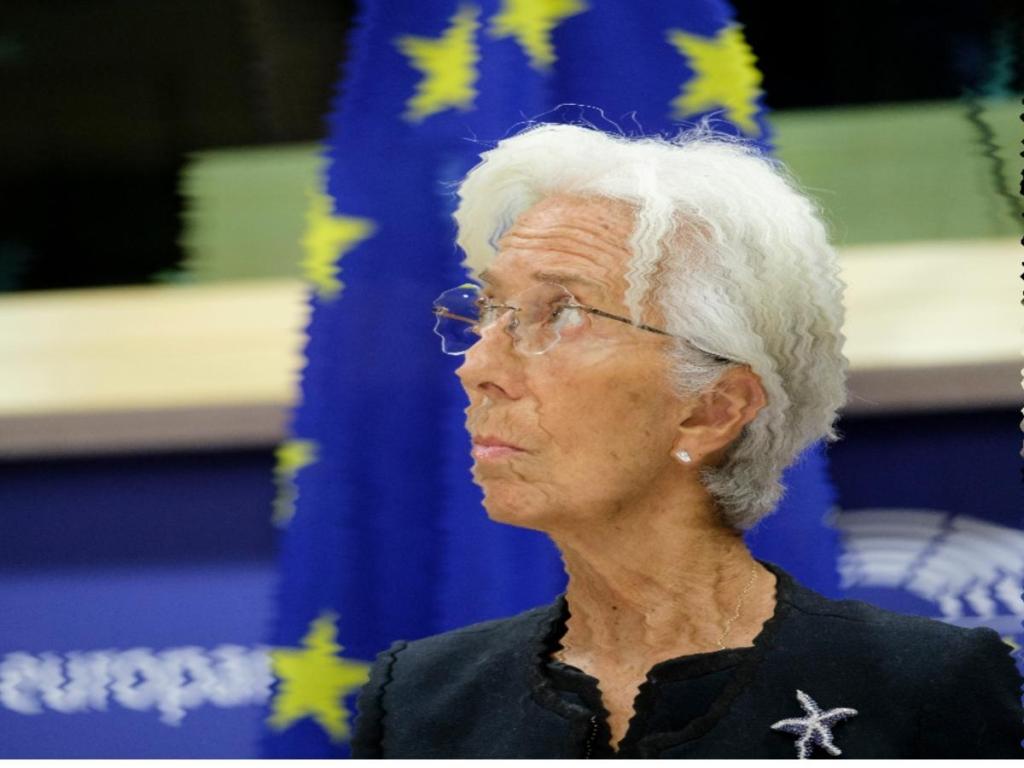EU crypto regulation: European policymakers have approved the Markets in Crypto Assets Regulation (MiCA) bill following a near unanimous vote on the framework today.
Officials from the European Parliament Committee on Economic and Monetary Affairs (ECON) voted 28 to 1 in favour of the bill, which pending approval at the next vote, will legislate stricter guidelines for companies dealing with crypto assets in the European Union.
The MiCA bill was introduced to the European Commission on September 24, 2020 and aims to put forward a clear and coherent regulatory framework for cryptocurrencies across the 27 European Union member states.
The bill divides cryptocurrencies into four main categories: crypto assets, utility tokens, asset referenced tokens, and electronic money tokens (e-money). Each category dictates how the assets contained within are to be regulated.
The bill
Interestingly, the bill didn’t specifically address decentralised finance (DeFi) but goes into great detail on the oversight of stablecoins – requiring stablecoin issuers to meet set capital requirements. Additionally, stablecoin providers will face certain restrictions on how many tokens they can choose to issue if the stablecoins are not denominated in Euros or other currencies used by EU member states.
The bill also seeks to gain further oversight on crypto mining which is often viewed as an energy intensive industry. The new rules will require all “crypto-assets service providers” to disclose details of their energy consumption.
The EU Parliament also passed an anti-money laundering (AML) bill that will see exchanges provide further data on crypto transfers including information on all parties involved in crypto transactions.
Liam Hennessy, regulatory specialist and partner at Gadens told The Chainsaw that the 380 page MiCA bill will “provide a strong framework for European Web 3.0 businesses to build and flourish” and shines a light on the distinct lack of regulatory clarity back home in Australia.
“As a country we’re losing ground to the US, UK, EU and Singapore while we’re dithering. Legal purists and academics love token mapping, but the industry just needs certainty. Now.”
MiCA
EU crypto regulation: One notable concern with MiCA was the potential for NFTs to be treated as securities, which Hennessy said wasn’t entirely accurate:
“It appears that the EU could also classify NFTs as securities under the new bill. That would be inappropriate in many cases given the broader use case of NFTs. Countries haven’t quite got the differences between cryptocurrencies and NFTs right yet.”
Hennessy added that Liberal Senator Andrew Bragg’s most recent crypto bill which was introduced on September 19, leaves too much of the heavy lifting to future regulation and doesn’t provide enough in the way of practical certainty for existing blockchain businesses.
“This is an entirely political bill – yes it takes things forward in a notional sense, but only just. It does not provide the industry with any real certainty. They couldn’t practically start planning their compliance framework around this bill,” he added.
Following final checks, the European Parliament is set to approve the MiCA bill next month, meaning that the crypto regulations put forward could go into effect starting as early as 2024.





